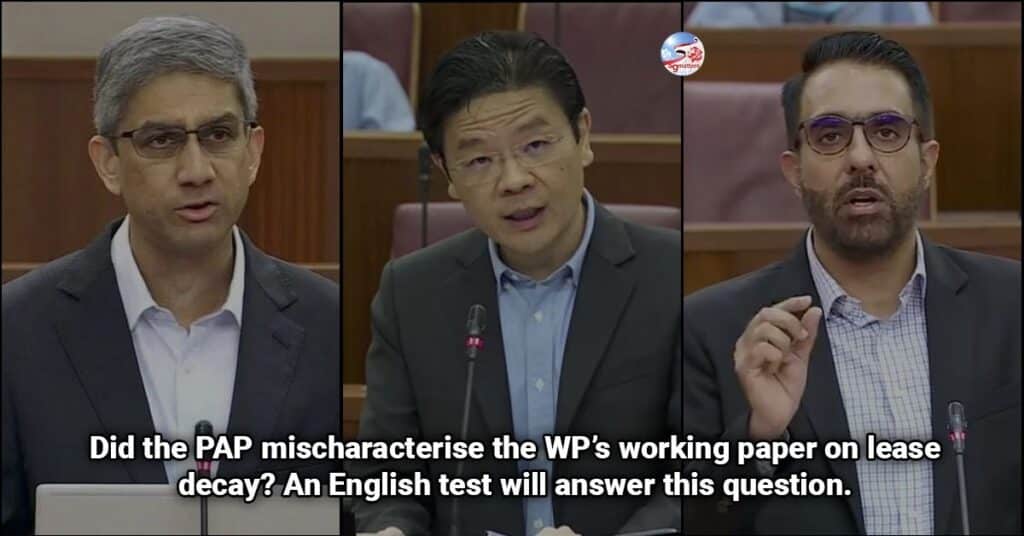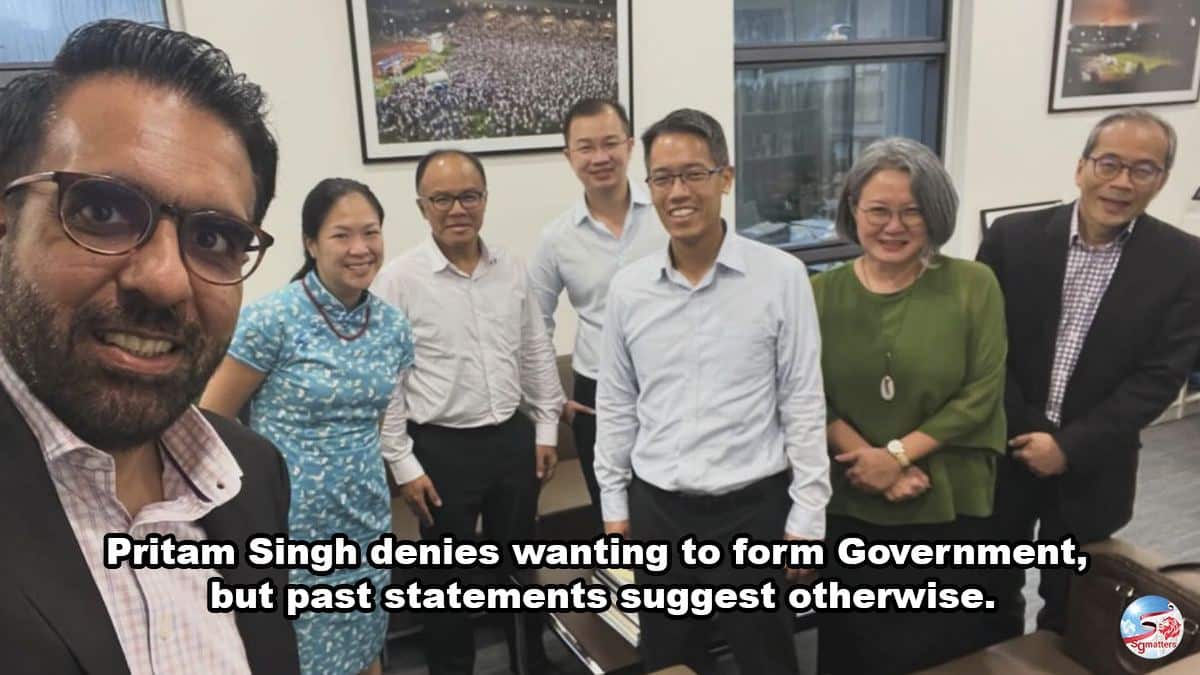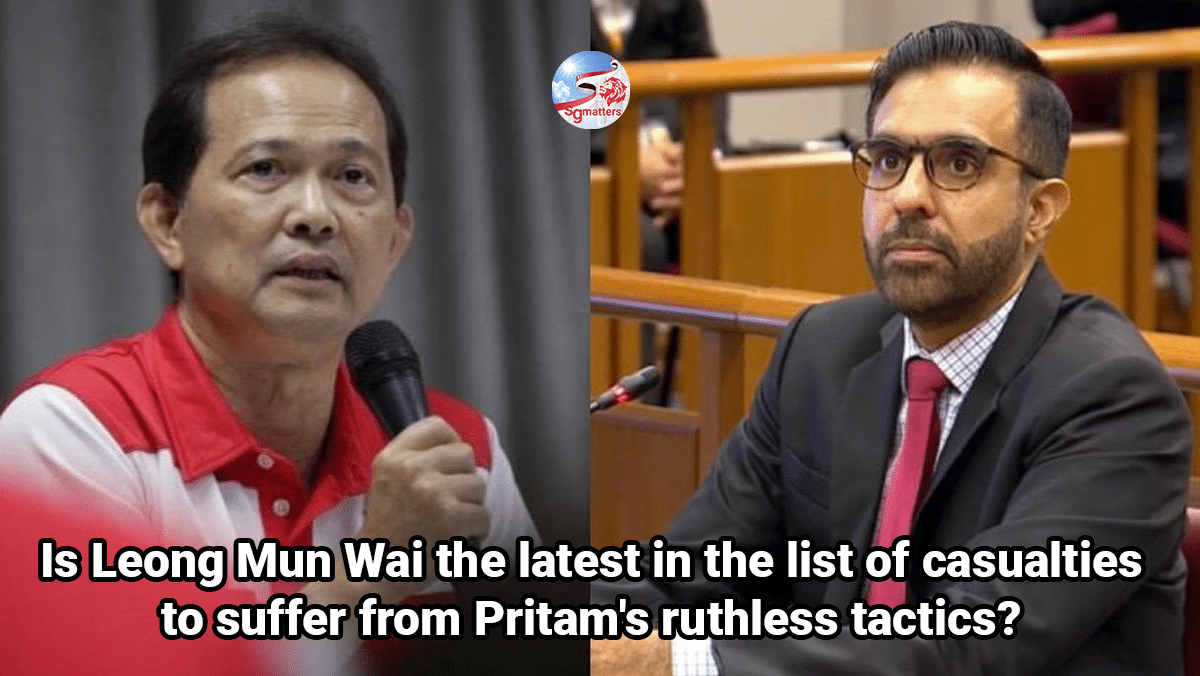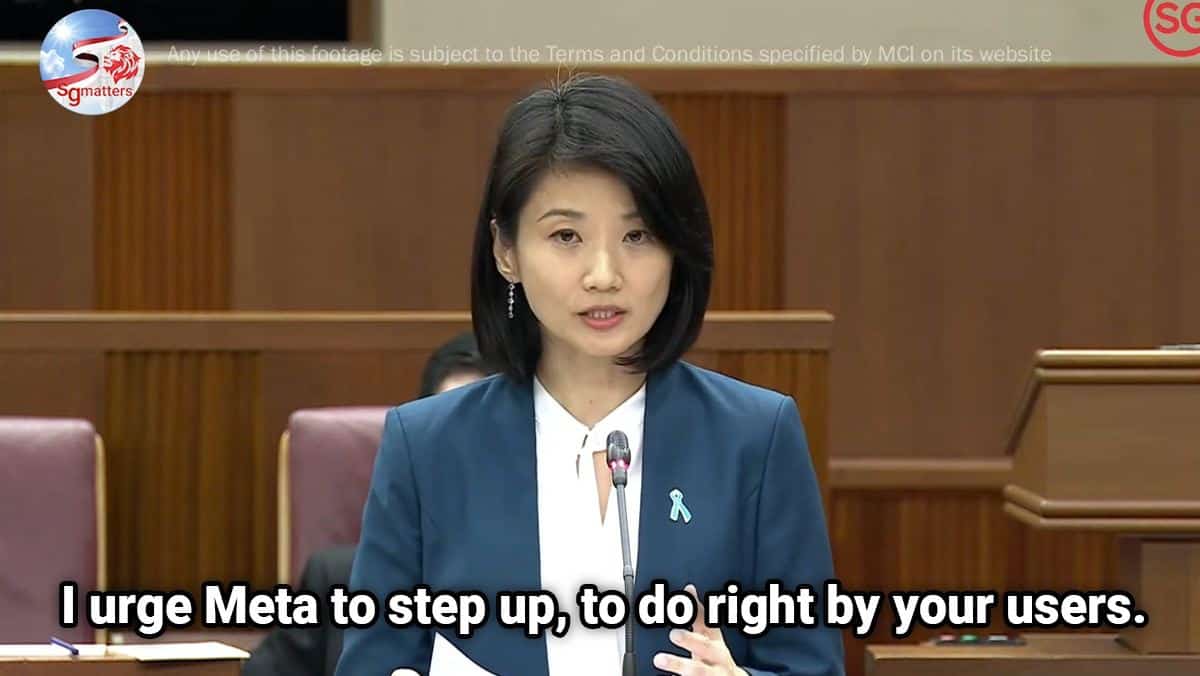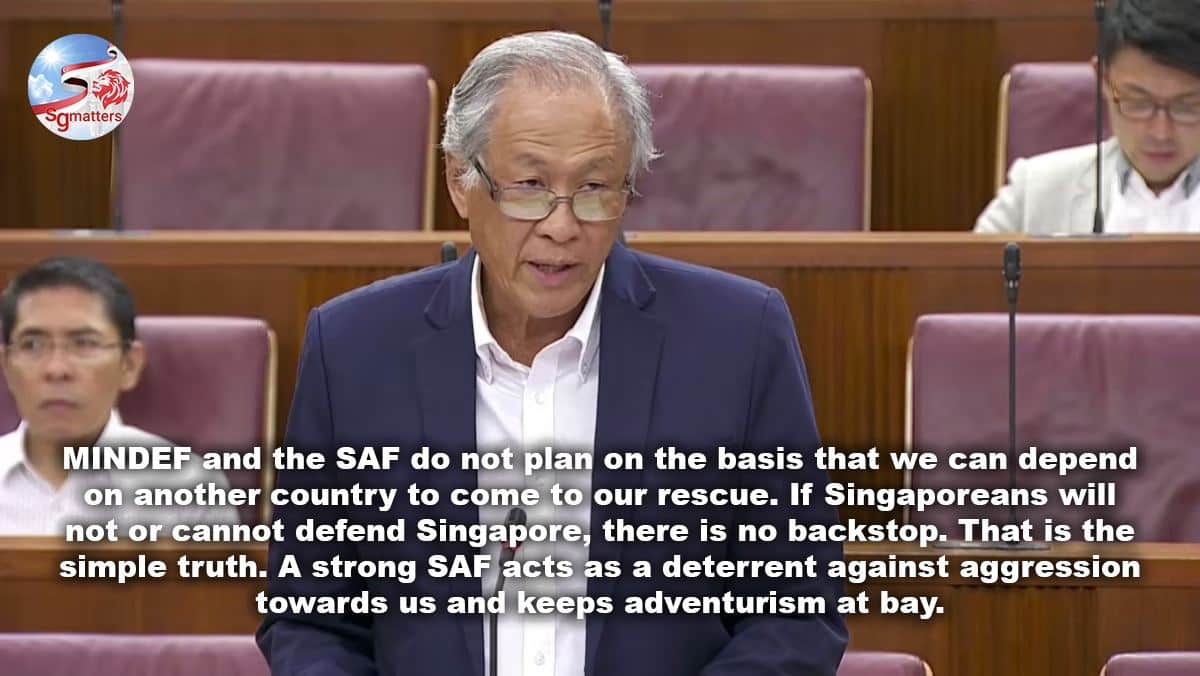How did the WP's working paper do its calculation?
According to the working paper, the resident population grows at approximately 30,000 a year since 2010 and 2011 (see photo above). The paper assumes an average household size of 3.3. Based on this assumption, it calculated that 9,000 new dwelling units are needed annually.
Hence the Paper asked:
Will the HDB have a vacancy rate problem, compounded by a still steady streams of 16,000 to 17,000 BTO units in the last few years which will continue to increase supply up to 2022?
The working paper expected a surplus of new BTOs in the period running up to 2022 based on the rate HDB was building.
Fast forward to 2023
Fast forward to 2023, in the aftermath of the COVID-19 pandemic, resale prices have gone up.
Construction had ceased for many months during the height of the pandemic and resumed slowly due to a manpower crunch because of closed borders and supply chain disruptions. Projects’ completion were delayed. Waiting time increased. More people decided to apply earlier for BTOs because of longer waiting time, pushing demand even higher.
Despite HDB building more than 17,000 BTOs a year and still, demand exceeds supply.
WP forgets their working paper..
With soaring resale prices, the WP grasped the opportunity to take potshot at the Government.
In Parliament earlier this year, the Leader of the Opposition Pritam Singh said that resale prices have risen because the HDB did not build enough BTO flats to meet demand, even though this “should have been known and calculable notwithstanding COVID-19 related delays”. The ‘sacred cow’ of not building new HDB flats ahead of demand is ‘one that needs to be slaughtered’, he said.
Mr Singh had completely forgotten that his party’s Working Paper had calculated that only 9,000 BTOs were needed annually. The paper had expressed concerned about an over-supply.
Mr Singh’s criticism earned him a response from National Development Minister Desmond Lee who reminded him that the WP’s Working Paper had raised concerned of an over-supply and recommended that the number of BTOs built be tapered down.
The Minister told Mr Singh that the shortage today would be much worse if the government had listened to the WP and tapered down the construction of BTOs.
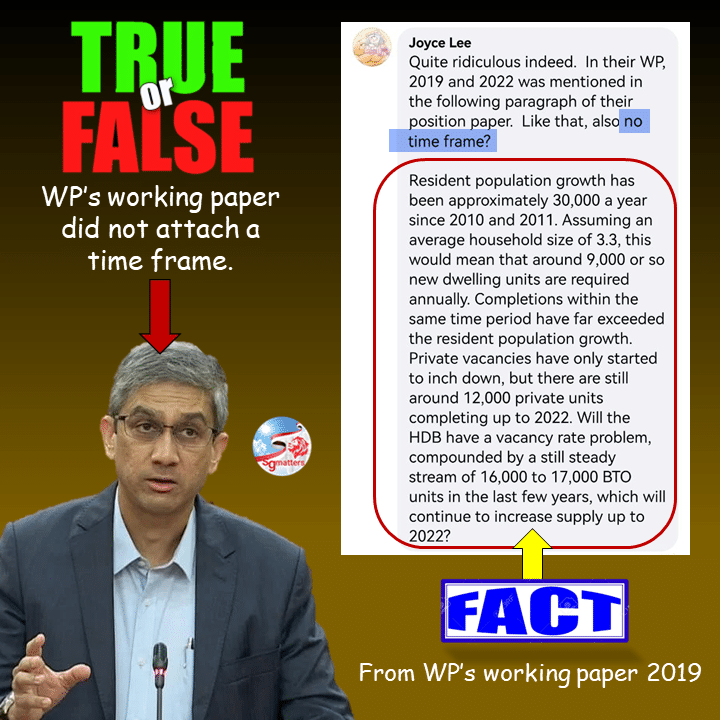
WP claimed 'no time frame attached'
Instead of admitting that they had made a mistake in their prediction, the WP claimed they were misquoted.
Amazingly, Leon Perea asserted that while the paper had highlighted a risk of BTO vacancies if the Government continued to build in the same pattern, it did not attach a specific timeframe.
Yet it is clear from this sentence “Will the HDB have a vacancy rate problem, compounded by a still steady stream of 16,000 to 17,000 BTO units in the last few years which will continue to increase supply up to 2022” that a time frame is referenced.
Leon Perera’s assertion flies in the face of logic and plain English comprehension. Why is he misleading Singaporeans?
The WP said they would let the people judge if they were misquoted. Yet interestingly, they did not reproduce the paragraph concerned so that people could read and judge for themselves if a time frame was attached.
In any case, screencaps of the paragraphs in their working paper had been circulating widely in various social media platforms.
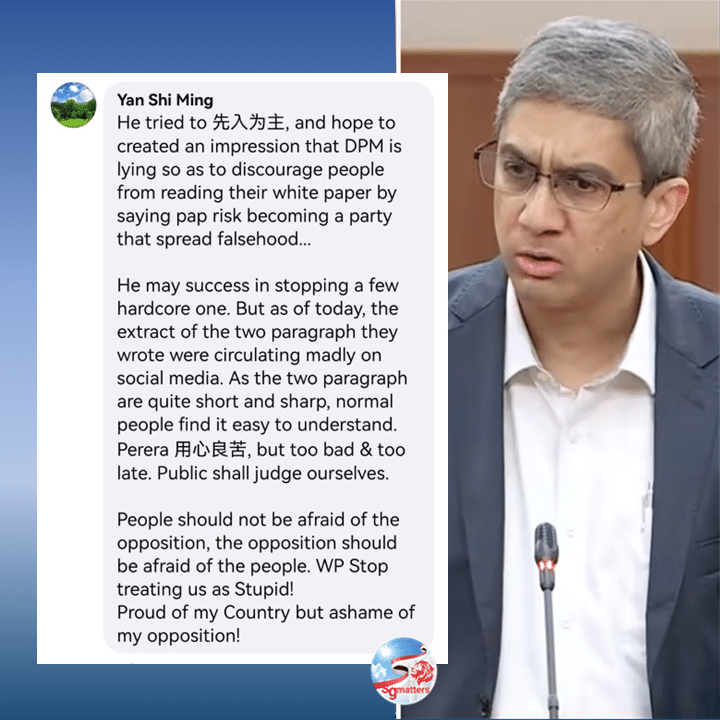
No shame in admitting their mistake. No one could have predicted the pandemic.
WP can do no wrong??
Unfortunately, the ego of the WP did not allow them to admit that their prediction of over supply was wrong. They decided to play victims of falsehood.
Was there any mischaracterisation of the WP working paper? A plain reading of the text shows that a time period was referenced when the paper expressed concerned of an over supply.
English Comprehension Test. Try it.
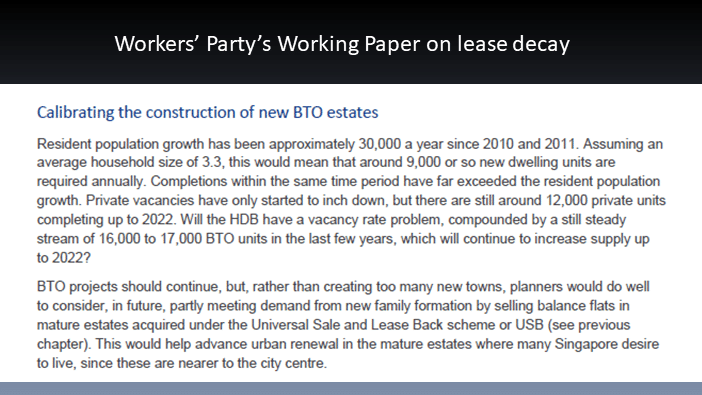
Q6. Paragraph 1 is understood with referenced to a time frame.
True or false?
Refer to the 2nd paragraph to answer Q7 – Q9.
Q7. The second paragraph gives a recommendation on how demand from new family formation (9000) can be met.
True or false?
Q8. The 2nd paragraph suggests that demand from new family formation can be met not by creating new towns but from the balance of old flats that the government should buy under the WP’s USB (Universal Sale and Lease Back scheme).
True or false?
Q9. ‘rather than creating many new towns’ implies the number of new BTO launches should be reduced.
True or false?

